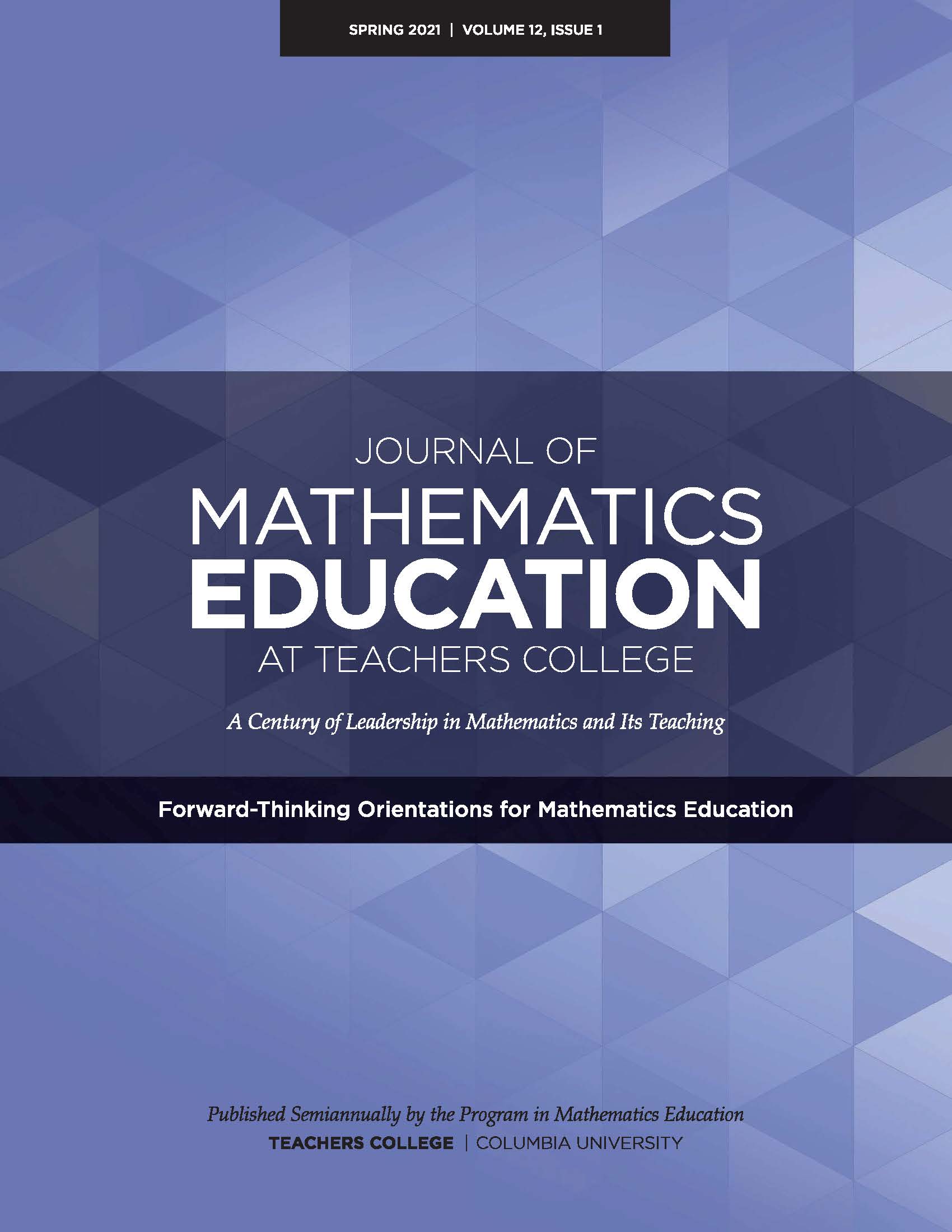Multiplication by Sunlight: How Can a Geometric Definition Be Realized in a Physical Tool?
Main Article Content
Abstract
Physical models for exploring multiplication are fixtures in elementary classrooms. The most widely used physical models of multiplication are collections of discrete things, such as Cuisenaire rods, Unifix Cubes, or Base-10 Blocks. But discrete physical models are limited in the products they can represent. By contrast, pictorial models, such as number lines or area models, are continuous and thus represent a broader range of products. However, pictorial models are limited in how they can be manipulated. The discrete/continuous divide across physical/pictorial representations of multiplication frames the overarching design problem that motivated our work: How could a physical, manipulable tool realize a continuous model of multiplication? This is a significant problem because, to our knowledge, there are no examples of physical models of multiplication that offer the plasticity of pictorial models. We describe one such model here—an analog technology that we refer to as a Sunrule. We explain the design of the device and report an initial instructional activity where pre-service teachers explored the device in groups.
Article Details

This work is licensed under a Creative Commons Attribution 4.0 International License.

